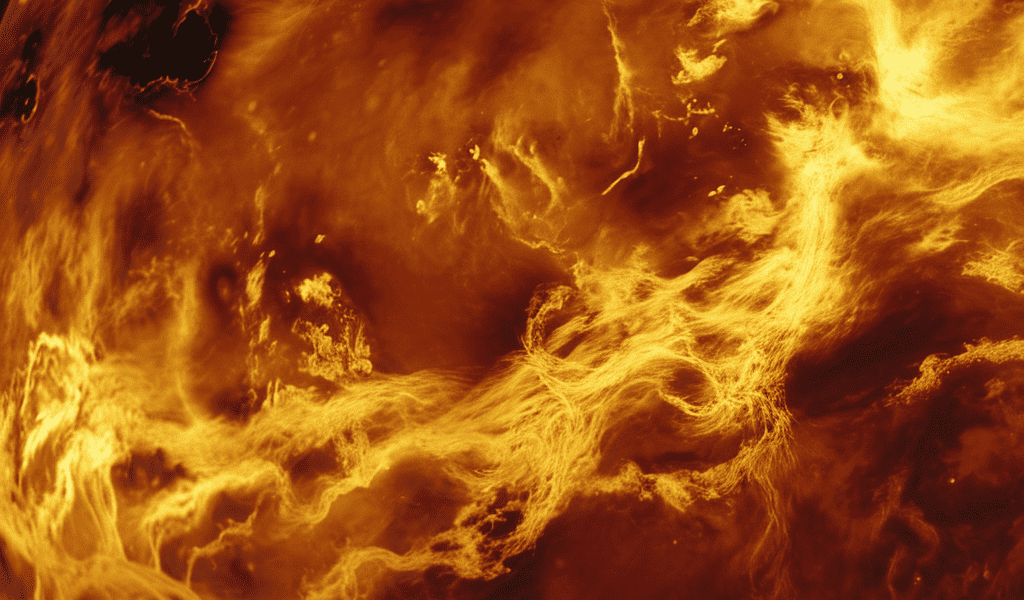Researchers from the University of Cambridge have made a significant breakthrough in understanding the mysterious composition of Venusian clouds. In a recent study published in Science Advances, scientists have identified a missing component that contributes to the unique color and patterns observed in the clouds of Venus.
For years, the distinct patches and streaks visible in the ultraviolet (UV) range of Venus’ atmosphere have puzzled researchers. While the predominant composition of the clouds was known to be sulfuric acid droplets with varying water, chlorine, and iron concentrations, the UV absorption patterns remained unexplained, prompting further investigation into the atmospheric chemistry of the planet.
Lead by Paul Rimmer, the research team conducted experiments at the Cavendish Laboratory to replicate the harsh chemical conditions of Venus’ atmosphere. By synthesizing iron-bearing sulfate minerals, specifically rhomboclase and acid ferric sulfate, the researchers subjected the minerals to spectroscopic analysis under light sources that mimicked the solar flare spectrum.
Paul Rimmer explained, ‘The only available data for the composition of the clouds were collected by probes and revealed strange properties that we have been unable to explain fully. When examined under UV light, the Venusian clouds feature…’
The findings of the study shed light on the previously unexplained UV absorption patterns in Venusian clouds and provide valuable insights into the atmospheric chemistry of the planet. This discovery marks a significant step forward in our understanding of Venus’ unique atmospheric composition and paves the way for further research and exploration of the planet.





